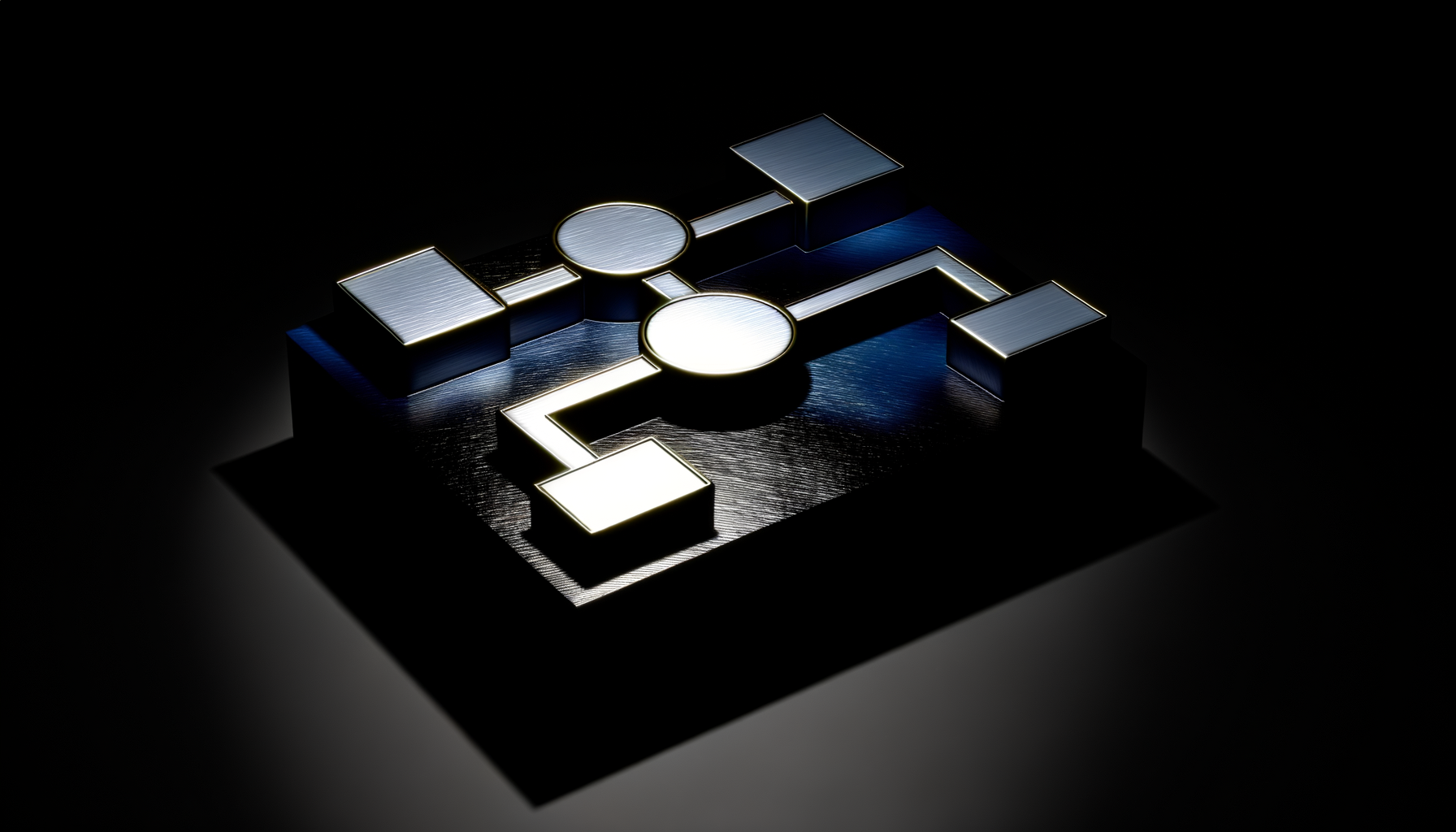What if the art you generate with AI was unmistakably yours, not just an echo of the average? The shocking truth: in 2025, artists who customize their AI outpace those who don’t—by miles.
AI Art: From Imitation to Individuality
The shift from generic, template-driven AI art to customizable models is far more than a technological upgrade—it’s a fundamental transformation in creative agency and authorship. As we move further into 2025, creativity is not just being automated, it’s being amplified and individualized through the very architecture of AI art systems themselves.
Customizable Models: No Longer Optional—Essential
Let’s cut through the noise. Until recently, most AI art tools produced impressive imagery but reflected the biases, curation, and limitations of their training data. Now, with breakthroughs led by innovators such as Stable Diffusion and Runway, artists and creators embed their own stylistic DNA into AI, tailoring outputs to evoke something uniquely personal.
Why does this matter?
- Ownership of Style: You’re not another prompt jockey—you craft algorithms to recognize your hand, taste, and vision.
- Differentiation: In an ecosystem flooded with AI-generated content, custom models make you stand out.
- Collaboration: Instead of dictating commands to an indifferent system, creators build iterative partnerships with AI.
The Real Shift: Empowerment Beyond Automation
The next generation of AI art is less about replacing artists, and more about equipping visionaries with tools to magnify their distinctive voice.
It’s a leap from using AI as a paintbrush to treating it as a creative colleague. Customizable models function almost like creative apprentices, continuously ingesting feedback, evolving alongside your ambitions, and absorbing personal quirks—no longer dispersing the same aesthetic as everyone else.
Hyper-Realism & Multimodality: The New Canvas
Hyper-realistic outputs and multimodal AI are no longer hypotheticals; they’re shaping every part of creative production. Runway AI recently reported a 40% reduction in video editing time by integrating custom-trained AI models for video art direction and texture creation (source).
Multimodal frameworks—AI that can natively blend visuals, text, and even audio into a single, coherent work—unlock harmony across formats. Designers, VFX specialists, animators, and musicians are co-creating like never before.
The Data: Customization and Creative Impact
| Metric | 2024 | 2025 |
|---|---|---|
| AI Adoption (Org.) | 55% | 78% |
| RLHF-Driven Quality Gain | – | 30%+ |
| AI Video Editing Time Saved | – | 40% |
| NFT/AI Platform Integration Growth | – | 25% |
Source: Stanford AI Index, AI in Creative Industries, 2025
Reinforcement Learning with Human Feedback (RLHF): AI Grows Up
The most significant leap in customizable AI art is the adoption of RLHF. While early models hallucinated, omitted details, or misunderstood nuance, today’s systems tap continuous creator input to trim errors and hone distinctive output. With 30%+ quality gains reported this year alone, the practical benefit is sharper, more intentional art that truly reflects its author.
Crypto, Monetization, and Provenance—New Ecosystem Rules
The blockchain isn’t just a buzzword in the AI art world; it’s the bedrock for provenance, ownership, and market access. Seamless NFT integration empowers creators to mint, track, and monetize works generated (and customized) by AI, growing the total market by 25% in 2025 (IxDF: AI-Generated Art).
- Provenance: Blockchain anchors authenticity to both artist and AI model.
- IP Portability: Artists migrate their AI-trained style across platforms, retaining creative control and revenue.
- Market Expansion: Collectors, brands, and communities buy into unique, co-authored works—not generics.
Multimodal Co-Creation: From Prompting to Real-Time Dialogue
Artists no longer settle for prompt-and-pray. Customizable multimodal AIs invite real-time dialogue—text, sketches, sample audio, even mood references combine, iteratively shaping outcomes. This hands-on involvement cultivates works that surprise even their authors, sparking genuine creative synergy.
Contrast: Past vs. 2025
- 2022-2023: Prompt, tweak, accept flaws—AI as magic black box
- 2024: Upload a handful of style images, hope for resemblance
- 2025: Build and refine persistent AI avatars of your style, direct with nuance, iterate on the fly
Competitive Edge: AI as Differentiation, Not Homogenization
Generic AI art is already indistinguishable in crowded market feeds. What’s scarce? Consistently unmistakable style.
Major platforms now offer profile-locked models, embeddable checkpoints, and user-owned weighting tables. Tech-forward creators are not only moving faster—they’re building reputations, IP portfolios, and revenue streams powered by signature AI.
In 2025, the value chain favors those who train AI on themselves—not those who outsource imagination.
Risks and Guardrails
Of course, wide adoption and deep customization come with caveats:
- Ethical Use: Who owns derivative works from custom AI? Clear agreements and transparent provenance are paramount.
- Quality Control: Overfitting risks—models that are too narrow may stifle, not liberate. Balance is central.
- Security: Personal datasets (your custom training material) become valuable assets—leakage risks require new protocols.
The 2025 Skillset: Not Just Creators—AI Architects
Tomorrow’s creatives aren’t just prompt engineers. They’re builders of style libraries, curators of multimodal datasets, hands-on directors for reinforcement feedback loops. Command over fine-tuning, parameter space, and pipeline management becomes a professional advantage—often, even a career-defining asset.
How to Get Ahead: Practical Steps in Customizable AI Art
- Collect and Curate: Archive works that exemplify your style. The tighter the curation, the stronger the model fit.
- Train, Don’t Just Prompt: Use platforms supporting per-user fine-tuning (look to Runway, SD extensions, open APIs).
- Build Feedback Loops: Iteratively rate, annotate, and retrain—RLHF drastically boosts output quality.
- Document Provenance: Mint and log works to blockchain as you generate and evolve them—future-proofing IP.
- Invest in Multimodality: Push beyond images—integrate video, animation, and sound for cross-medium distinctiveness.
Looking Forward: From Passive to Proactive AI Collaboration
This isn’t just a new tool—it’s a new workflow, and ultimately, a new horizon for creative authorship. The winners in 2025 will be those who fuse artistic vision with AI architecture, adapting as fast as the platforms themselves evolve. As Crescendo AI and others observe, generic output will saturate; only hyper-personalized, co-created work will command attention, engagement, and value.
The future of AI art belongs to creators who transform models into mirrors, not just machines.





